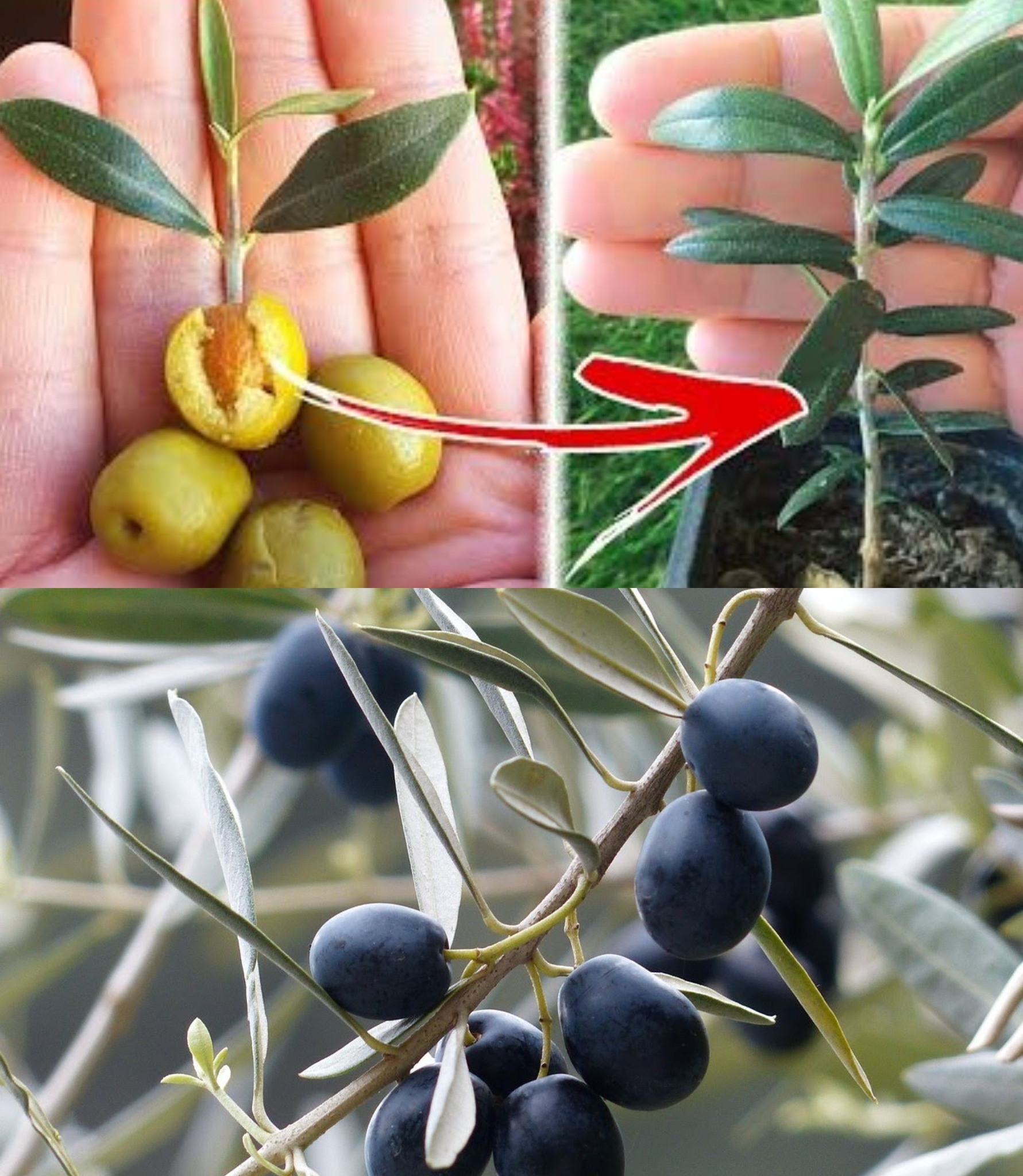
Mastering Olive Tree Pruning: A Guide to Bountiful Harvests
Pruning an olive tree is a meticulous yet indispensable practice for ensuring a fruitful harvest. The olive tree, symbolizing peace and rebirth, thrives luxuriantly in our Mediterranean climate, becoming a vital source for one of Italy’s prized treasures—extra virgin olive oil. Cultivating olive trees is a gratifying endeavor, but attention to pruning, a delicate yet crucial aspect, is paramount for success. Let’s delve into the techniques essential for mastering this art.
Olive Tree: Understanding the Plant
The olive tree, scientifically known as Olea europaea, belongs to the Oleaceae family, alongside shrubs like ash and jasmine. Its origins trace back to Asia Minor, where the wild olive tree flourished in lush forests. Over time, it spread across Greece and throughout the Mediterranean, becoming a cultivated gem for olives and extra virgin olive oil production.
A slow-growing evergreen tree, the olive tree commences fruiting 3-4 years post-planting, reaching its pinnacle after 9-10 years. With a potential lifespan exceeding a thousand years in ideal conditions, its lanceolate leaves exhibit a silvery-white underside and an intense dark green upper part. The plant blooms with small white flowers towards late spring, culminating in the formation of fleshy drupes known as olives.
Choosing the Right Pruning Time
In olive tree cultivation, mastering pruning involves timing interventions precisely. While there’s no one-size-fits-all rule due to climate variations, certain months are generally ideal for pruning. Dry pruning, the primary operation, occurs between late winter and early spring (February to April). Warmer regions may initiate pruning in January or February, while northern Italy might wait until April or May to avoid potential cold-related issues.
A secondary summer pruning, known as green pruning, addresses dead or diseased branches, along with removing unwanted suckers. Crucially, avoid early pruning in November and December, preventing disturbance to the tree’s resting phase.
Pruning Techniques Based on Age
- Breeding Pruning (Early Years):
- After planting, cut the stem 60/70 cm above the ground.
- Select three or four main branches, eliminating weaker ones.
- Subsequent years focus on maintaining the chosen shape and removing suckers.
- Production Pruning (Fourth Year Onwards):
- Initiate regular pruning in late winter or spring to enhance fruitfulness.
- Trim branches that cross or remain perpetually in shade.
- Ensure sunlight and air circulation within the foliage for rejuvenation.
- Mitigate excess production to prevent the alternation phenomenon.
Pruning an olive tree demands precision, clean tools, and a keen eye for the plant’s well-being. By mastering these techniques, you pave the way for a flourishing olive tree and the promise of a bountiful harvest.